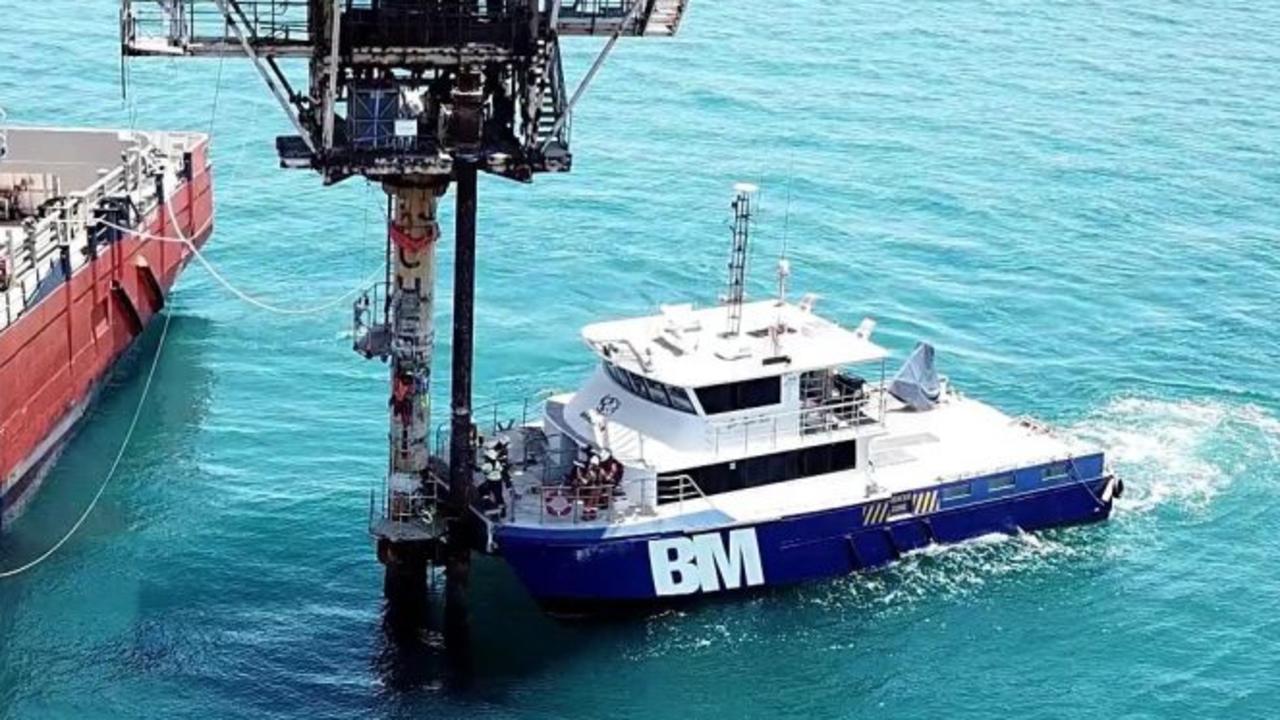Crunch time for ANZ buyout: Suncorp prepares its Plan B
A negative ruling for its efforts to sell its $4.9bn lender to ANZ has bigger implications beyond Suncorp’s immediate future.
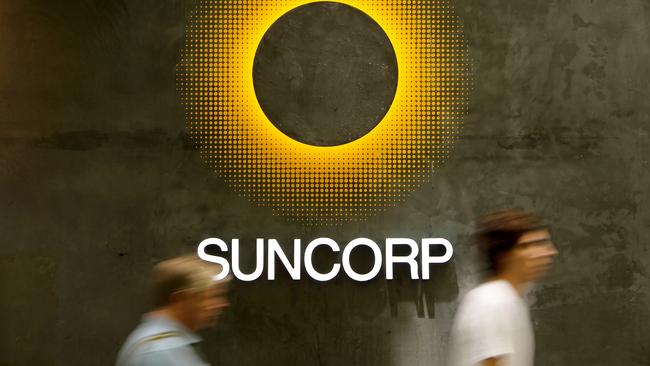
SA Business
Don't miss out on the headlines from SA Business. Followed categories will be added to My News.
Its crunch time for Suncorp with a ruling in days that will finally decide whether it goes it alone on its preferred path of insurance or is forced to keep running its $4.9bn bank.
The competition tribunal ruling over whether Suncorp’s bank sale to the bigger ANZ has a lot more than the future of the Brisbane-based financial services player at its core, it could also determine the longer-term future of the nation’s bank market.
The deal, first unveiled more than 580 days ago, is now emerging as one of Australia’s longest-running friendly buyouts, having just overtaken TPG Telecom’s own drawn out competition battle when it moved on Vodafone four years ago.
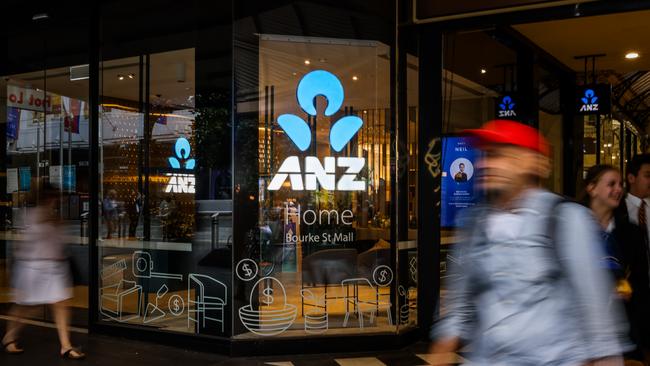
The ANZ proposal was knocked-back by the competition regulator last year and an appeal to the three-member competition tribunal now hangs in the balance. Even if the deal is approved, the proposal will then need to go to Treasurer Jim Chalmers for final approval.
A negative ruling will see Suncorp revert to Plan B. That is running the bank as business as usual.
However, Suncorp’s executives will need to refine their existing organic strategy. The pressures that pushed Suncorp into a bank to a sale in the first place – including a lack of scale, rising funding costs and increasing regulation – have only got more intense.
This means the status quo is less of an option for Suncorp’s management, who will ultimately move harder on cutting costs in the bank, or even exit some markets where profits are marginal.
Other banks are watching the ruling. A negative move against Suncorp would dramatically widen Canberra’s long-running policy that restricts mergers between the big four banks. A knock-back will draw a firmer legal line under the major lenders buying out not just each other, but any regional bank down the track, essentially a ‘Four Pillars-plus’ policy.
As it stands, the proposed merger of Suncorp and ANZ won’t change the market pecking order – with ANZ still fourth placed in most markets. However, the ACCC strongly argued the deal was likely to result in “co-ordinated effects” where the big banks consciously or unconsciously opt not to compete against each. A finding against Suncorp would reinforce this view.
The tribunal is scheduled to release its concise ruling on Tuesday and the full decision won’t be available for at least 21 days beyond that with confidential evidence being redacted. Suncorp and ANZ would then have 28 days to appeal a negative ruling to the Federal Court on points of law. ANZ is along for the ride, but it is balancing a lukewarm response to the deal from its own investors.
Bendigo option?
Suncorp executives have said the status quo option is the only Plan B in front of them.
Even after an initial approach from Bendigo Bank nearly two years ago and since keeping the merger door ajar, Suncorp’s board has little appetite to pursue regional bank roll-up.
They say there’s too many risks linked to such a deal given it would involve a big slice of taking Bendigo shares.
A sale to another bank would be off the cards. If ANZ can’t clear competition hurdles, there’s even less chance of the bigger Westpac or National Australia Bank moving on Suncorp. Commonwealth Bank, with nearly double the market share of ANZ, has almost no chance of an agreed deal. To date Suncorp hasn’t generated interest among any offshore bank buyers.
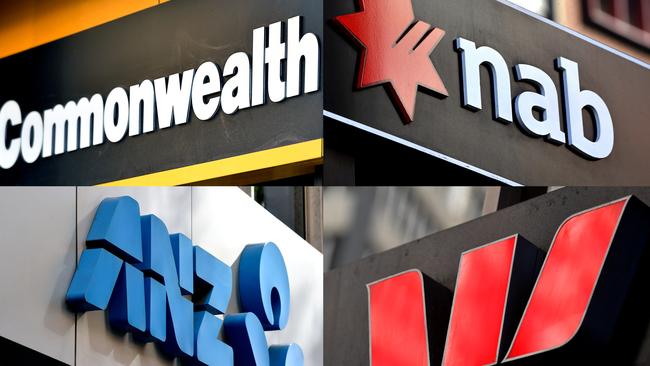
Neither Suncorp nor ANZ have been willing to predict where the decision will land. However lawyers for both are privately more confident of their position than going into the ACCC process. The evidence-based process of the tribunal gives them a better-than-even chance a sale will proceed, they say.
In its initial finding the ACCC argued the combination failed the test of not substantially lessening competition. It argued that Suncorp was better off selling to Bendigo Bank.
Since it’s near death since the global financial crisis, successive Suncorp management teams have worked to take risk out of the bank.
It has become even clearer through the sales process Suncorp has been drifting away from the bank and as one of the nation’s biggest insurers, it doesn’t see itself as the natural owner of a bank. If it finds itself going to Plan B, the status quo will work for now but Suncorp will eventually need to find an exit strategy.
Australia can be a nickel power: Ryan Stokes
The chief executive behind one of the biggest suppliers of mining haul trucks and other heavy equipment says Australia will have a role to play in critical minerals development, even after the collapse in prices across nickel and lithium which is wreaking havoc across the industry.
Ryan Stokes, who heads up Seven Group, the owner of the WesTrac Caterpillar franchise, says Australian miners have a long track record of innovation and cost control and its these strengths that will help the industry find a sustainable footing.
The Seven boss pointed out commodity prices are cyclical and both lithium and nickel – two key metals underpinning batteries – are set to be in demand over the long term. And this will ultimately back a recovery.
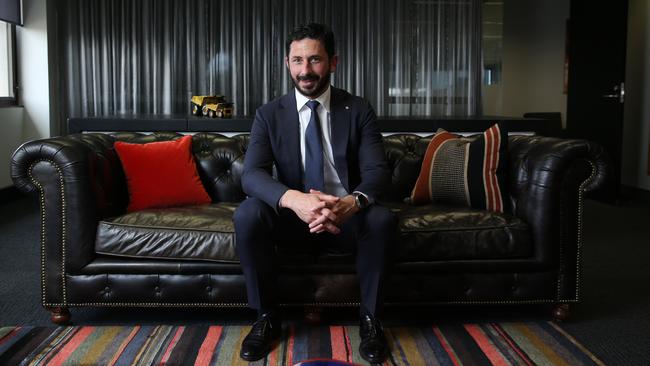
“One thing I want to emphasise is the quality of our mining customers in Australia who have a track record of driving innovation and driving the lowest cost per tonne or per unit anywhere in the world through use of technology” Stokes tells The Australian.
“I think their ability to drive the most efficient operations is there. Ultimately we will have a very strong lithium and nickel industry across Australia.”
His comments come as the nickel industry is facing its toughest challenge in decades. The metal that is known for its boom and bust cycles has seen a near 50 per cent collapse in prices over the past year, mostly on the back of booming Indonesian production.
This has already seen thousands of jobs impacted, with several miners including Andrew Forrest’s Wyloo suspending operations.
BHP is now the biggest domino to fall after it declared last week it was suspending operations at its Kambalda concentrator and reviewing its Nickel West business, which is likely to see mining suspended and the development of the new West Musgrave mine it inherited from Oz Minerals delayed.
This could see as much as 3000 jobs hit.
Australia isn’t the only one to be caught up in the price wipe-out.
Glencore is trying to sell its 49 per cent stake in its New Caledonia mine given mounting losses. Glencore is expected to discuss the future of its Australian Murrin Murrin nickel-cobalt mine in coming days.
On Friday the Albanese government added nickel to the critical minerals development list giving the industry access in up to $6bn in funding. It’s a similar story across lithium where prices have crashed nearly 80 per cent and some have curtailed their ambitions.
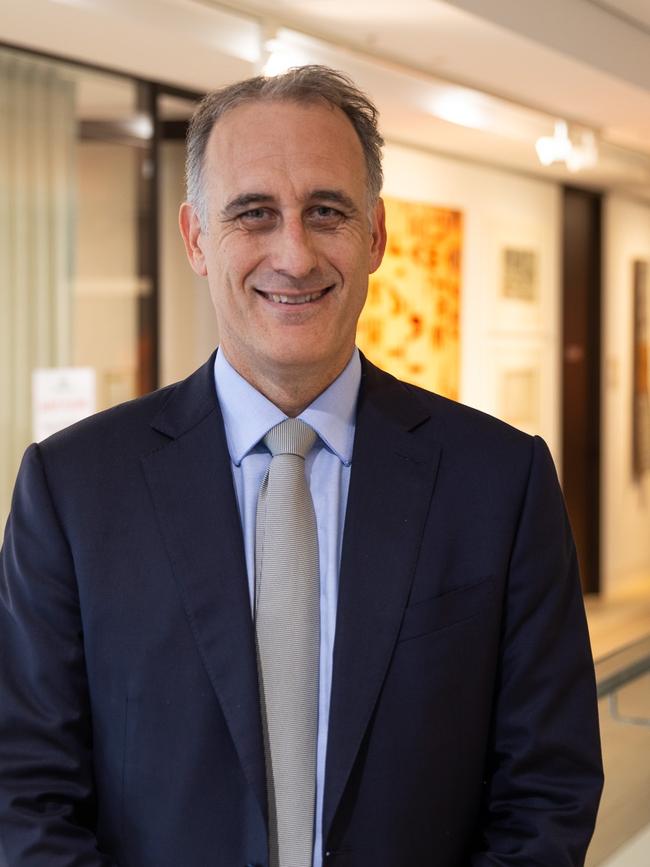
WesTrac’s main exposures are to iron ore, coal and gold. Each of these remain in expansion mode given rising demand. Stokes said there is a pipeline of demand across these sectors with mining customers in a cycle of replacing ageing fleets. BHP is a key customer and working with Caterpillar on the development of electrical mining trucks.
Commodities analysts at UBS believe it is still too early to say whether nickel is closer to the bottom of the price cycle, even with the expectation that volume is starting to come out of the market. Two things to watch in the near term remain global sentiment for EVs, which have clearly softened, and the level of production growth from Indonesia. One bright spot for Australia is the rapid crunch in ore grades across Indonesia as well as logistic challenges in getting nickel to market adding to costs there.
Wesfarmers, meanwhile remains unwavering on its near $1bn investment in a lithium joint venture that will see processing of lithium hydroxide here from mining spodumene. Wesfarmers boss Rob Scott says continued volatility has been factored into the greenfields development in Western Australia. At the same time the project’s relative cost structure including high mining grades “should be very favourable”. He conceded that while some spot spodumene – the rock containing lithium traces – has been sold at a loss on the spot market that is not the main game. The project has always been about building out a strategic processing plant. Construction is on track to be finished over the next year.
“We invest for the long term and we don’t get too caught up in the short-term volatility,” Scott tells The Australian. “Nothing has changed as far as we’re concerned, we’re still focused on creating long term value for our shareholders.”
johnstone@theaustralian.com.au
More Coverage
Originally published as Crunch time for ANZ buyout: Suncorp prepares its Plan B





